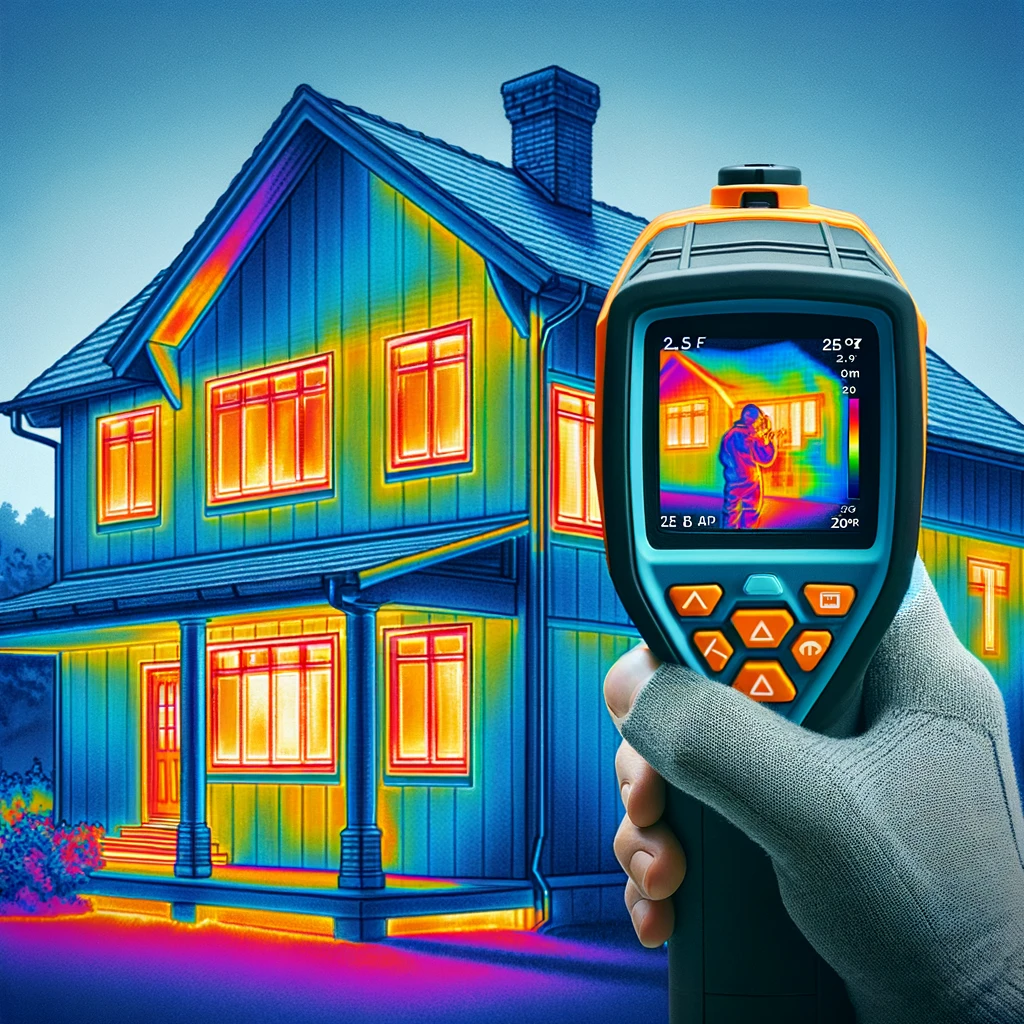Harnessing the Power of a Thermal Camera for Home Insulation
Thermal cameras, once a tool limited to professional use, are now accessible for homeowners. They are incredibly useful in identifying insulation issues in homes, as one homeowner discovered upon casually using it around their yard. This article explains how to effectively use a thermal camera to improve your home’s insulation and overall comfort.
What is a Thermal Camera?
A thermal camera, also known as an infrared camera, detects heat emitted by objects. It visualizes temperature differences, often in a color-coded format, making it easier to spot areas of heat loss or gain in a building.
Using a Thermal Camera for Home Insulation
- Identify Problem Areas: Wander around your house with the thermal camera, both inside and out. Look for color variations that indicate hot or cold spots. These spots are potential areas of poor insulation or air leaks.
- Check Windows and Doors: Windows and doors are common culprits for heat loss. Use the camera to check their seals and framing.
- Inspect Attic and Basement: Heat rises, making attics a critical place to check for escaping warmth. Similarly, basements can let in cold air. A thermal camera can reveal insufficient insulation in these areas.
- Look for Hidden Leaks: Sometimes, leaks are not visible to the naked eye. A thermal camera can detect subtle air leaks and drafts in walls, around electrical outlets, and other unexpected places.
- Compare Exterior and Interior: Differences between inside and outside thermal images can highlight insulation issues. Pay attention to exterior walls and roofing.
Benefits of Using a Thermal Camera
- Energy Efficiency: Identifying and fixing insulation problems can significantly reduce heating and cooling costs.
- Comfort: Proper insulation ensures a more consistent temperature throughout the home.
- Preventive Maintenance: Detecting and addressing insulation issues early can prevent more significant problems down the line.
Next Steps After Detection
After using a thermal camera to identify problem areas, the next step is to address these issues. This might involve adding or replacing insulation, sealing leaks around windows and doors, or consulting with a professional for more significant issues.
Conclusion
A thermal camera is a powerful tool in a homeowner’s arsenal for maintaining a comfortable and energy-efficient home. By identifying areas of poor insulation and air leaks, you can take actionable steps to improve your home’s warmth and efficiency, ultimately saving on energy costs and enhancing comfort.
Brought to you by RenovationServices.com






